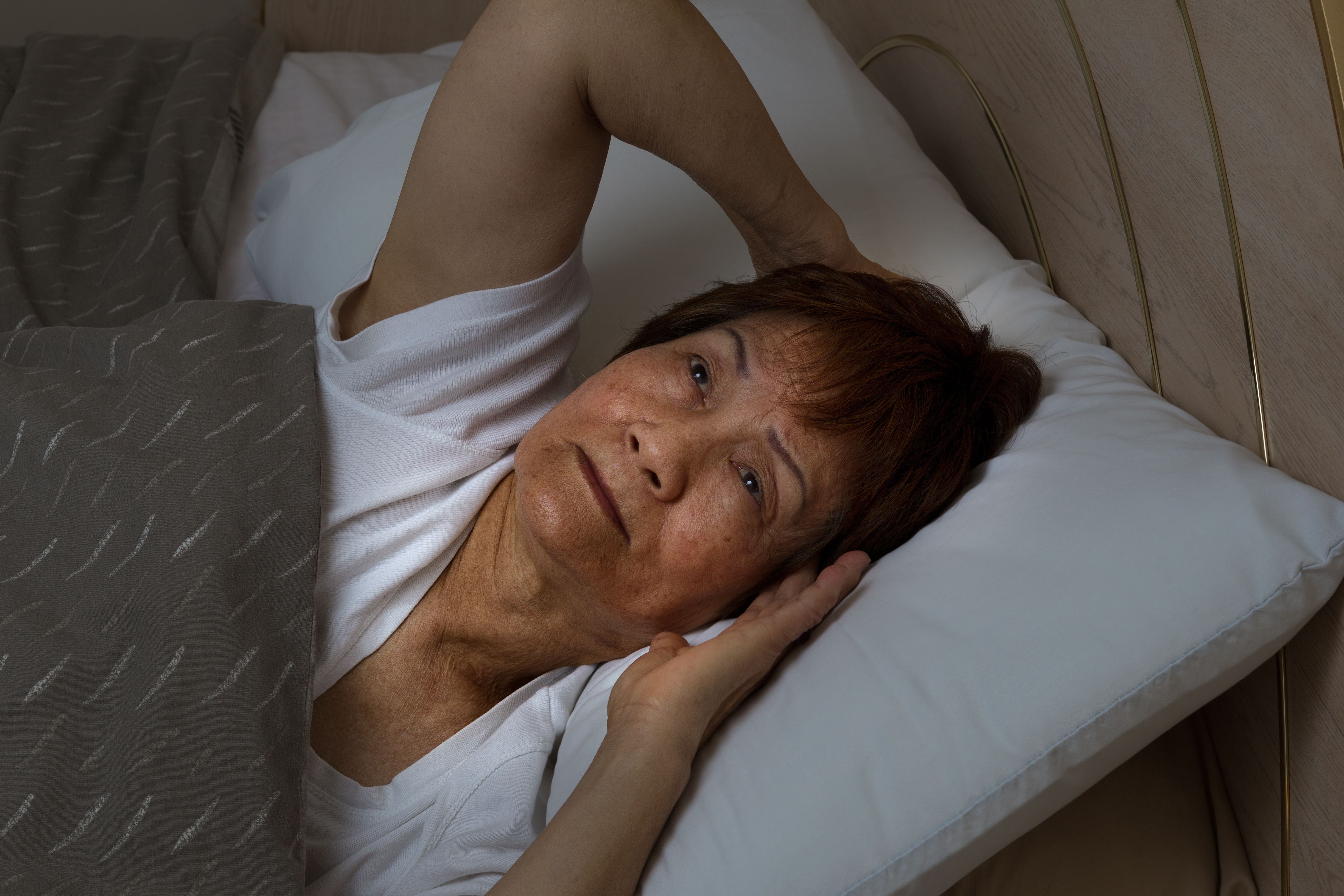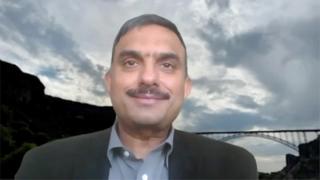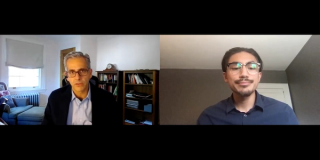
Sleep
Latest News
Latest Videos

CME Content
More News
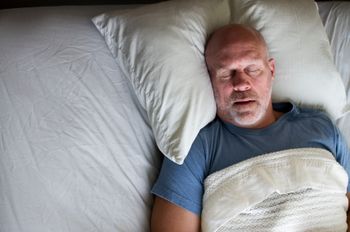
Night sweats were independently associated with a higher hypoxemia burden in patients diagnosed with obstructive sleep apnea (OSA).
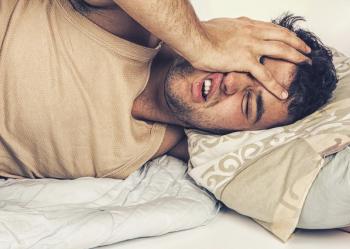
A randomized, controlled, experimental study found that a breathing exercise decreased fatigue and daytime sleepiness at the end of the fourth and eighth weeks of an intervention in patients with obstructive sleep apnea (OSA).

A recent study found that people with intermediate and late chronotypes had more rapid eye movement sleep when they delayed their sleep before their first night shift.
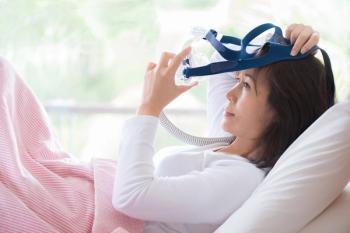
A single-blind, parallel, randomized clinical trial found that a continuous positive airway pressure (CPAP) machine was more effective in normalizing polysomnographic parameters and improving quality of life in patients with mild obstructive sleep apnea (OSA) compared with the mandibular advancement device.
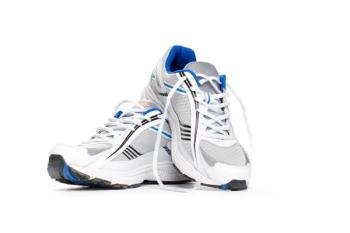
A study found that adolescents who were more physically active had better sleep quality and heart rate variability than those who were sedentary.
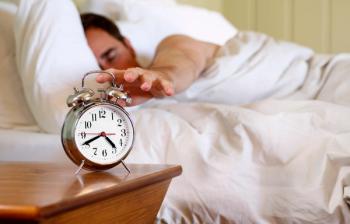
A retrospective observational study found that many US federal holidays and holiday eves were associated with changes in sleep duration, decreases in sleep consistency, and later sleep onset and offset.

A recent study found a potential link between assimilation and depression and sleep duration of Mexican Americans.
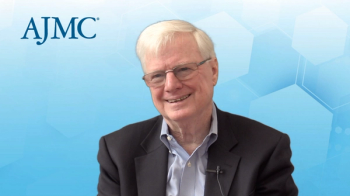
Personalizing treatment for narcolepsy requires shared decision-making between patients and clinicians to understand the most important symptoms that need to be treated and the right therapy, said Michael Thorpy, MD, director of the Sleep-Wake Disorders Center at Montefiore Medical Center and professor of neurology at Albert Einstein College of Medicine.
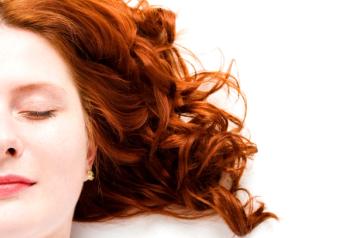
This new study investigated a potential link found that apnea hypopnea index during the rapid eye movement (REM) sleep stage was associated with hypertension in patients with obstructive sleep apnea.
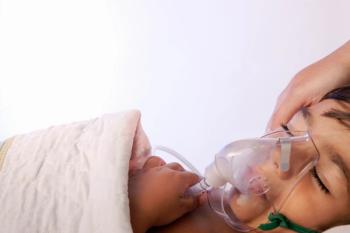
A retrospective, single-center study found that obesity and family history were among several potential risk factors for pediatric obstructive sleep apnea (OSA).

A study found that having a better sleep health composite score was associated with a lower risk of physical frailty, with men and women possessing different risk factors.

Almost 15% of US adults have trouble falling asleep, with difficulties varying across sociodemographic and geographic categories including age, family income, and urbanization level.

While prevalence of restless leg syndrome (RLS) increases with age, some kids may have it while presenting symptoms of growing pains, explained John Winkelman, MD, PhD, medical director, sleep disorders clinical research program, Massachusetts General Hospital.

A panel held at the National Alliance of Healthcare Purchaser Coalitions Leadership Summits focused on mental health, immunizations, and sleep when speaking about the barriers to prevention and high-value care in these areas of medical coverage.
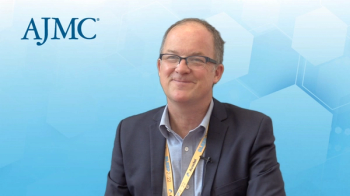
Snoring affects not only the person who is snoring, but their partners as well, said Michael Johnson, CEO of Rhinomed.

A Mendelian randomization study found that some sleep traits, including duration, were associated with a diagnosis of schizophrenia.

A retrospective, observational study evaluated the burden of comorbidities on obstructive sleep apnea (OSA) that provided information on occurrence of sleep apnea and insights into multimorbidity.

Many socioeconomic factors, such as neighborhood factors, access to care, and education can influence sleep, explained Cinthya Pena Orbea, MD, assistant professor of medicine, Cleveland Clinic.

Once-nightly sodium oxybate was associated with a statistically significant reduction in cataplexy episodes among patients with narcolepsy, explained Michael Thorpy, MD, director of the Sleep-Wake Disorders Center at Montefiore Medical Center and professor of neurology at Albert Einstein College of Medicine.
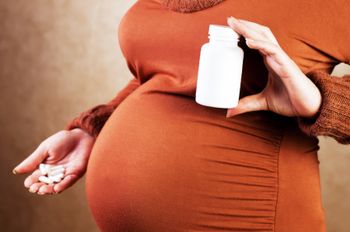
A panel of providers and patients with narcolepsy who are parents shared the struggles and possible support tools that neurologists and other providers should be aware of when caring for patients with narcolepsy who are pregnant or postpartum.

Idiopathic Hypersomnia Needs More Attention to Overcome Challenges Regarding Diagnosis and Treatment
During her presentation at SLEEP 2022, Isabelle Arnulf, MD, PhD, a neurologist and professor, detailed the long list of challenges for understanding different aspects of idiopathic hypersomnia and called for more attention to be devoted to future research.
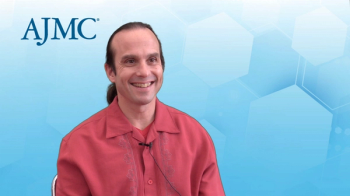
While consumer wearables for sleep are popular, evidence-based guidelines need to be established to interpret data coming from these technologies, said Sean Drummond, PhD, professor of clinical neuroscience, Turner Institute for Brain and Mental Health at Monash University.

Michael Johnson, CEO of Rhinomed, expands on the findings of the 2022 Annual Global Sleep and Snoring Report conducted in February 2022, which found that people are not getting nearly as much sleep as they should.

Behavioral and physiological components of type 1 diabetes and its management can contribute to worsened sleep and health outcomes, which can vary by age, according to Stacey Simon, PhD, sleep psychologist and associate professor, University of Colorado Denver, Children's Hospital Colorado.

Opioids have been used for hundreds of years to treat restless leg syndrome (RLS), but there is currently a registry to understand the long-term effectiveness of opioids to treat RLS , said John Winkelman, MD, PhD, medical director, sleep disorders clinical research program, Massachusetts General Hospital.





